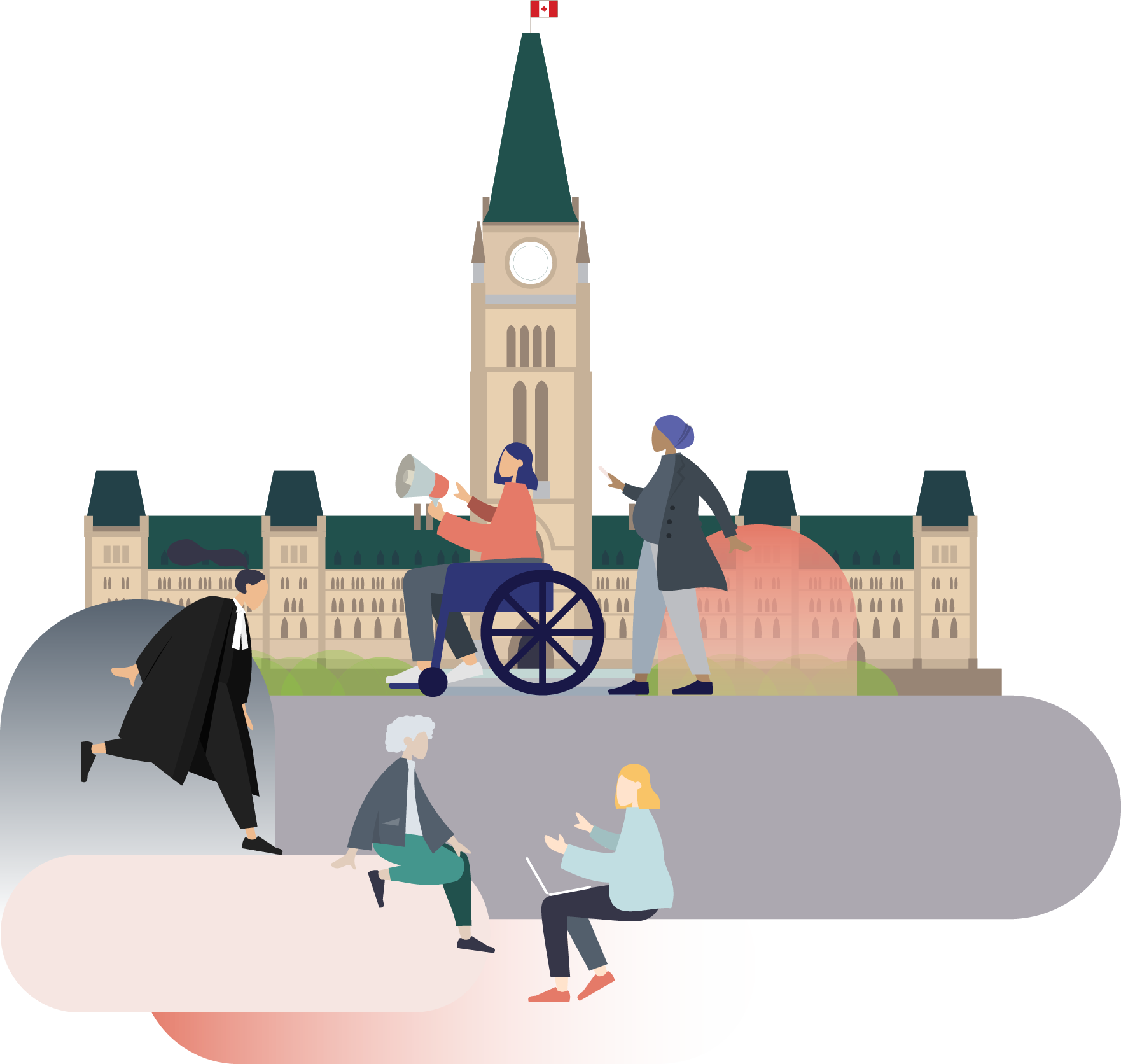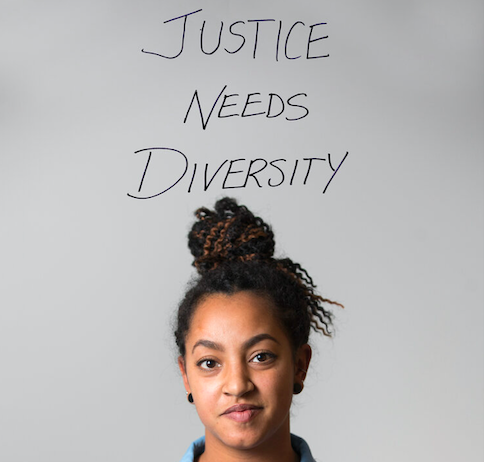Why feminist law reform?

Introduction
This module introduces feminist law reform and highlights its continued importance for all women in Canada.
Many existing laws in Canada continue to impact women in different ways. Until recently, legislatures were composed almost entirely of white men, representing dominant interests in Canadian society. These lawmakers neglected to consider how legislation reflected and perpetuated the marginalization and disadvantage of women and girls. In seeking to reform this legislation, a feminist approach rooted in intersectionality aims to ensure impacts on diverse groups of women are considered and addressed.
Because so little of the law is feminist, it can be difficult to imagine what feminist law reform might look like. This module provides inspiring examples of how to tackle issues that advance women’s equality rights through law reform. But these examples also demonstrate how much progress is yet to be achieved.
There are many interlinked elements and steps in the law reform process. This course will unpack these pieces and provide tools for thinking through them in order to develop effective feminist law reform strategies.
Watch
Engage & Discuss
What are some of the laws, policies or regulations that affect the women you work with? Can you identify any evidence that women’s perspectives were not sufficiently taken into account when creating them?
Which of these laws, policies or regulations are in need of reform? What would a successful feminist law reform in these areas look like?
What topics are crucial to women’s equality and should be taught to law students? Why? Do you know which law schools in Canada offer such courses?
Additional Resources

Gender and the Law Manual: An Introductory Handbook for Students
Compiled by a working group of law students from across Canada following a leadership summit held by NAWL in February 2011, this manual aims to encourage feminist students and future lawyers to think critically about the law and take action to denounce inequality and injustice. It consists of manifestos, excerpts of articles and personal accounts written by 25 feminist students, professors, lawyers and activists.

Contours: Voices of Women in Law
Contours is a project based at the McGill Faculty of Law that aims to map and shape the contours of debates, experiences, concerns, and aspirations through written and artistic exploration of the intersection of women, non-binary, and gender nonconforming people and law. Founded in 2012, the student-run magazine is a space for women and non-binary individuals’ voices and an invitation for us all to start a conversation. Contours is published annually and welcomes contributions in English and French from students and faculty.

Law Needs Feminism Because
Check out Law Needs Feminism Because’s portrait series, which works to facilitate conversation about how to make our law schools, legal profession and justice system more accessible, diverse and inclusive.
The Fight for Substantive Equality: Women’s Activism and Section 15 Of The Charter of Rights
This article discusses the role of women’s groups in the development of section 15 of the Canadian Charter of Rights and Freedoms, the Charter’s principal equality rights guarantee, entrenched in the Constitution in 1981. Thanks to the leadership of Doris Anderson, submissions to the Special Joint Committee on the Constitution from the Canadian Advisory Council on the Status of Women (CACSW), the National Action Committee on the Status of Women (NAC), and the National Association of Women and the Law (NAWL) were instrumental in securing changes to section 15. However, the version in the entrenched Charter still fell short of women’s aspirations.